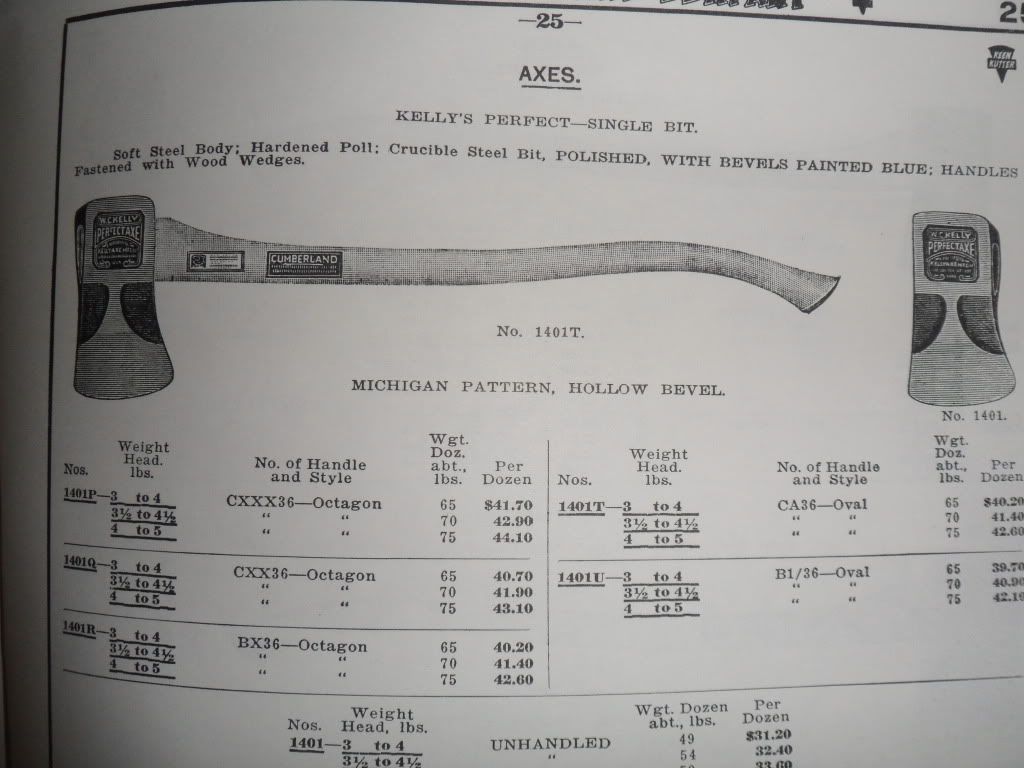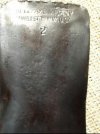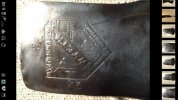Hello,
My Grandmothers maiden name is Wyeth and is related to the Wyeth's that owned the hardware store in Missouri. So naturally I started looking for things on eBay from the store and stumbled upon an Axe head now it took me aboit a year to get one that was bellow $100 bid on eBay and the rarety that they we're posted up for sale. I'm not really looking for a value because its from the family name its kind of a priceless object to me. I'd like to find some information on this piece of history as well as what type of handle it would have came with so I can complete the restoration.
Thanks,
Jake.
My Grandmothers maiden name is Wyeth and is related to the Wyeth's that owned the hardware store in Missouri. So naturally I started looking for things on eBay from the store and stumbled upon an Axe head now it took me aboit a year to get one that was bellow $100 bid on eBay and the rarety that they we're posted up for sale. I'm not really looking for a value because its from the family name its kind of a priceless object to me. I'd like to find some information on this piece of history as well as what type of handle it would have came with so I can complete the restoration.
Thanks,
Jake.








